November 2022.
I had imagined that the first post I wrote from our return to South America would be full of reflection on how it feels to be back on the road again after nearly three years back in New Zealand, but instead I’m going to cut to the chase and concentrate on telling the story of our journey here, as I’m sure that’s what you’re all more interested in.
Indeed it is an interesting feeling: shutting our possessions in a shipping container for storage, hopping on a plane, disembarking into Mendoza’s 34°C heat, and quickly returning to a simple life where one’s primary concerns are food, water, shelter and chasing the good light. Suffice to say, we felt immediately at home back in the baking heat, the wind and the dirt, navigating a foreign country and sitting on bikes all day. It feels as natural to us now as being in New Zealand, and after just a few days here, it was as if we’d never left.
For those new followers, Hana and I had been bikepacking non stop in the Americas for nearly four years, covering 45,500km before the Covid 19 pandemic put a stop to our travels and forced our return to New Zealand for nearly three years. We have roughly 5000km left to complete our tour from Deadhorse, Alaska to Ushuaia, Argentina, and that’s what we’re undertaking now.
With us for the first leg of our journey is our friend Rachel Berry, from New Zealand. Rachel has been cycling in Ireland and Europe for four and a half months and flew to join us in Mendoza, Argentina for the first 1500-ish km of our ride. Hana and Rachel have done a fair bit of riding together, including sections of the Tour Te Waipounamu race in NZ as well as the Sounds to Sounds brevet.
This post covers our first four days on the road, two of which we spent on the historic Ruta 40 Vieja, an abandoned stretch of former dirt highway.
We arrived in Mendoza within a few hours of Rachel and spent six days at the Air B&B apartment behind us. The heat in Mendoza is savage at this time of the year, with the average high at 32°C and some days hitting 38. It was a shock for us Kiwis coming from a NZ spring. The intent was that six days would give us a bit of time to adjust to western Argentina’s heat, but the reality, as I write this nearly three weeks later, is that we’re still getting used to it!
I was also making the finishing touches to my Bikepacking e-book: Bikepacking & Off-road Cycle Touring Guide, which is now published – please consider buying a copy to help support our journey.
After a 5am wakeup, which has become the norm to get miles in before the heat, we left Mendoza on another bright sunny morning. It’s possible to ride right to the city limits on bike paths, so we had a quiet ride to reach the open arid countryside surrounding the city. Much of the cycle corridor is decorated with striking street art which brings splashes of colour and quirkiness to an otherwise drab cityscape.
Hana and I are onboard some fresh Otso Voytek frames, and Revelate Designs sent us some prototype holster-style panniers, which so far are proving to be excellent. We’ve also got some super comfortable Passchier laminated bamboo handlebars.
Mendoza lies on the plain, right below the Andes, and so it was with clear views of peaks as high as 5000–6000m that we pedalled south. It made for stunning views despite the oil refinery in the foreground.
By late morning the heat was hard to bear. We could barely eat, and after a long stretch of sandy and rocky dirt road we reached a road that cuts south west towards Tupungato which was our destination for the day. We took refuge in a small roadside shrine which was the last shade we saw for the next couple of hours.
A searingly hot climb on pavement followed as we headed towards town, with the only respite from the heat being a long downhill and water tipped on our shirts to cool off. We all felt a bit ill from the heat by the time we reached Tupungato and could barely face lunch or a substantial dinner. So we made do with ice-cream and spent the rest of the afternoon having a siesta.
Another early start followed as we traced a backroads route past orchards and vineyards out towards the Ruta 40.
And again with stunning clear views of the Andes, capped with fresh snow from afternoon thunderstorms.
Stopping for a coffee and medialuna (pastry) once we hit a small town on the Ruta 40 was mandatory, but our route has been so remote since this was the last opportunity for the following 13 days of riding.
We crossed the Rio Tunuyan, which Hana and I had previously crossed deep in the Andes on the Ruta del Capitan Lemos, a crossing from Mendoza to Santiago that we made in early 2020. Currently most of the rivers and even smaller streams are running brown with the last of the snow melt. Locally they describe rivers in this state as ‘chocolate’.
Much of small town and rural Argentina feels like a step back in time, as one experiences in rural Mexico or Cuba. Many of the vehicles, machinery, architecture and decor is dated, lending the country a retro charm. Old American trucks, big Mercedes trucks and busses and ancient Citroens are especially common.
Day two ended in Pareditas, a small highway town, where we had a night in a basic but comfortable hostel for NZ$10 each and a milanesa (crumbed cutlet) for dinner, which is a very common meal here.
Pareditas was our last town for the next two days and 150km, as we headed onto the Ruta 40 Vieja, leaving behind the pavement and good dirt roads.
At first the Vieja is good, fast travel but the road gradually deteriorates to a pretty mixed surface of sand, hardpack and loose stony stuff.
We’ve spotted a few of these birds with beautiful long tails. As they manoeuvre in flight the tail splays out into two long curves.
The only people we saw on the first day were in the first 30 or so kilometres, where there are some estancias (ranches) and puestos (small farms). We stopped at one, which was the last opportunity to get water for quite a while and chatted to a goat farmer, who kindly let us eat lunch in the shade of his trees.
Life out here is harsh. It’s isolated, super hot, often windy. Pumas come down from the mountains to prey on livestock. People are poor and live very simple lifestyles.
Deeper into the desert we rode. Pushing on through the heat of the day to cover enough distance and reach a guaranteed water supply at Refugio la Faja.
After the route crosses the Laguna Diamante road (roughly 38km in) the road gets a bit rougher.
One of very few puestos that we passed further into the ride. There were a couple that had been abandoned too.
Rusting road signs are the only reminder that this was once a national highway, part of the iconic Ruta 40 which follows the Argentinian side of the Andes for over 5000km, north to south. This road was abandoned in 1979, and it’s hard to imagine a time when sounding your horn (toque bocina) was once necessary on the corners. We see no people, and no other vehicles for most of the day.
As we gain elevation the vegetation and surroundings change. There’s cacti, and the effects of nearby volcanoes on the landscape is apparent.
Feeling fried by the sun and with parched throats we ended the day at the partially derelict Refugio la Faja. This was probably a roadhouse back in the day, providing shelter and food for travellers braving the transient condition of this remote highway. There’s a clear spring here and excellent views out to the cone of Volcan Diamante.
It’s a pretty big ride on a rough road and in the heat to reach El Sosneado the next day, but another early start gives us a cooler few hours.
And the landscape is ample distraction from any discomforts.
We grind uphill on heavy bikes, and zoom down them, appreciating any change in gradient that eases the effort.
Volcan Diamante, on the horizon, provides a gauge for our progress as we move past its flanks. The specks, by the way, aren’t dust, but condors.
We reach La Jaula, which is the only village (hamlet really) in the final 100km of the route. Four families live here, and there’s a school. We fill water at the spring and chat to a couple of people. They tell us that they used to see a few cyclists pass by, but that we’re the first in months. It’s one of those moments when I feel a little awkward as a tourist, appearing on a fancy bike, with flash sunglasses, GPS and a smartphone full of maps, while these people drive a car that’s 50-odd years old and might earn less in a week than I can make in an hour.
The Rio Diamante, the biggest we cross – chocolate once again.
A fierce headwind kicked up in the afternoon, and the landscape opened up big and wide under a cumulus dotted sky. We passed mummified animals and mining ruins as we pushed on in anticipation of cold drinks in El Sosneado, back on the Ruta 40.
A fast downhill dropped us onto the plain, where the final 10 kilometres was a battle into the freshening wind, on a road that was awash with loose riverstones. The kind of road where you constantly hunt for the line of least resistance and try to pedal in tune with the bumps and hollows.
With a parched throats, our skin layered with dust and aching hands we finally met the 40, and a a welcome highway stop.
The Ruta 40 is to Argentina what the Route 66 is to the USA, covering a great swathe of country and many different states, latitudes, climates and landscapes. Experiencing it is a rite of passage for many Argentinians, and by motorcycle is very popular. While much of it is a paved highway, it passes though many towns that have changed little in decades, making it a journey though history and a great variety of Argentinian culture.
Google translates Sosneado as ‘sleepy’, and that’s a fair definition. There were two places to stay, one was already full of motorcyclists, but we got a room in the second place and washed off the dust and sweat.
Dinner was a bigger challenge. The only diner closed its kitchen at 8pm (very unusual in this region of Argentina, where people don’t usually east dinner until after 9pm).
Fortunately there was a kiosko open which had ham and cheese sandwiches, and when we asked, the proprietor agreed to cook us some eggs too. So it was sandwiches and Fanta for dinner, and very welcome it was.
Next: a remoter adventure following the Ruta de los Reales deeper into the Andes.
Say thanks with a one-off donation, or check out our Bikepacking guide.
If you enjoy our content and find it informative or inspirational, you’re welcome to show us some love with a donation or a book purchase (US$19.99). The services we use to create our Bikepacking routes and host the website cost money, funds that we’d rather be spending on the road, creating bikepacking routes and content to share with you. Thanks for reading!























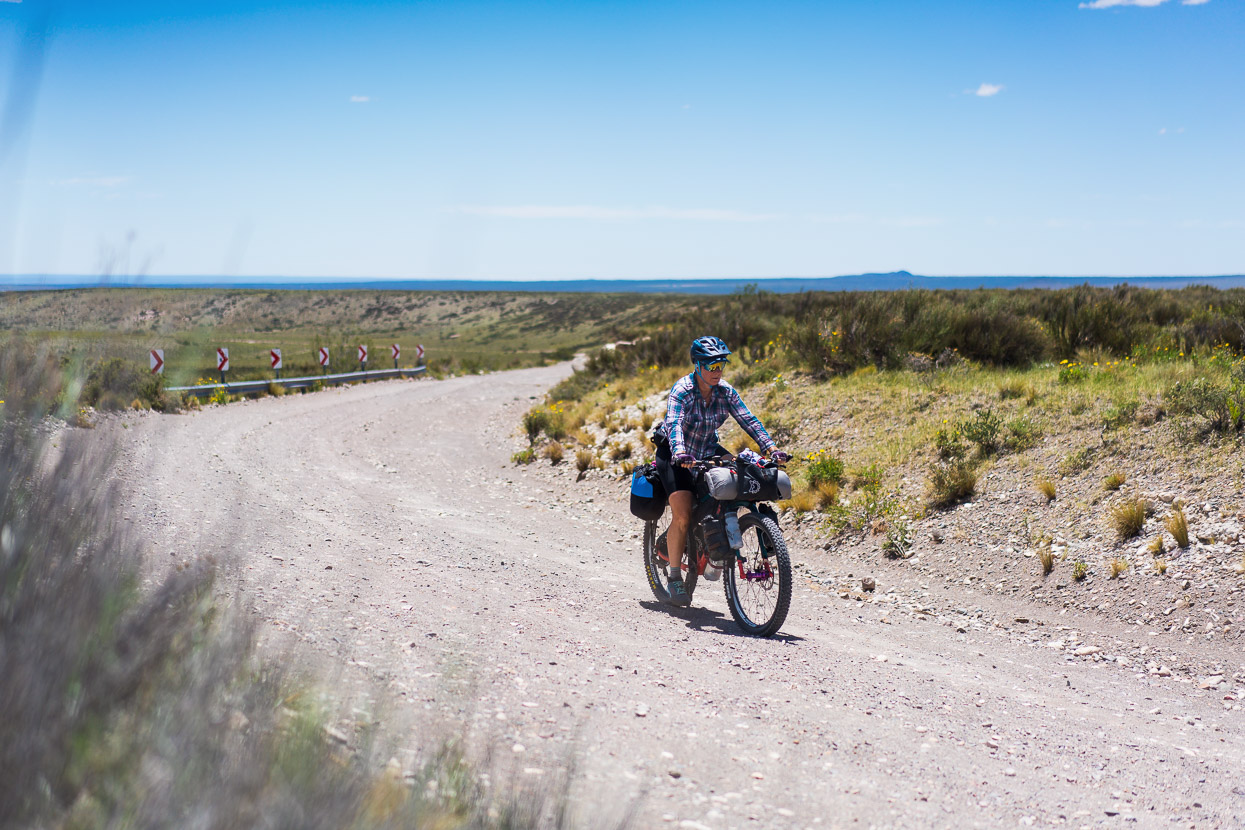

















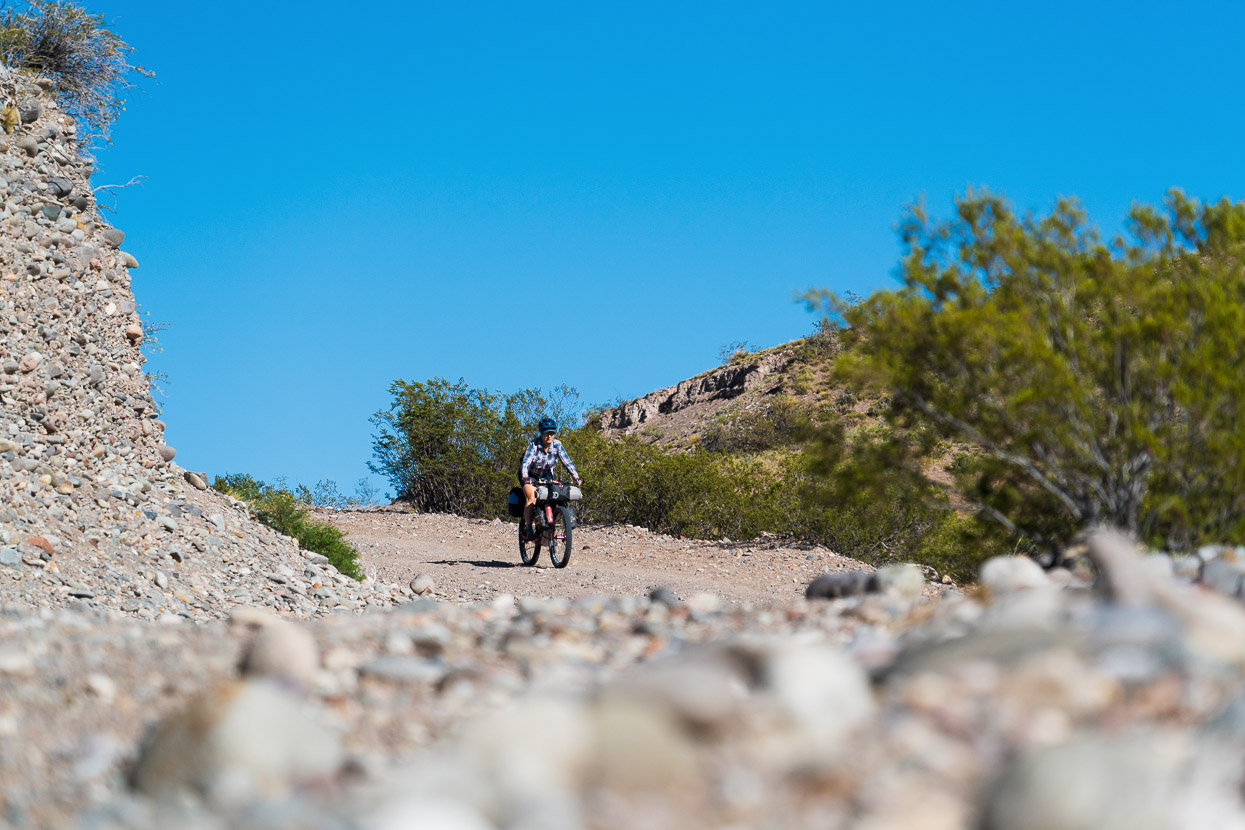




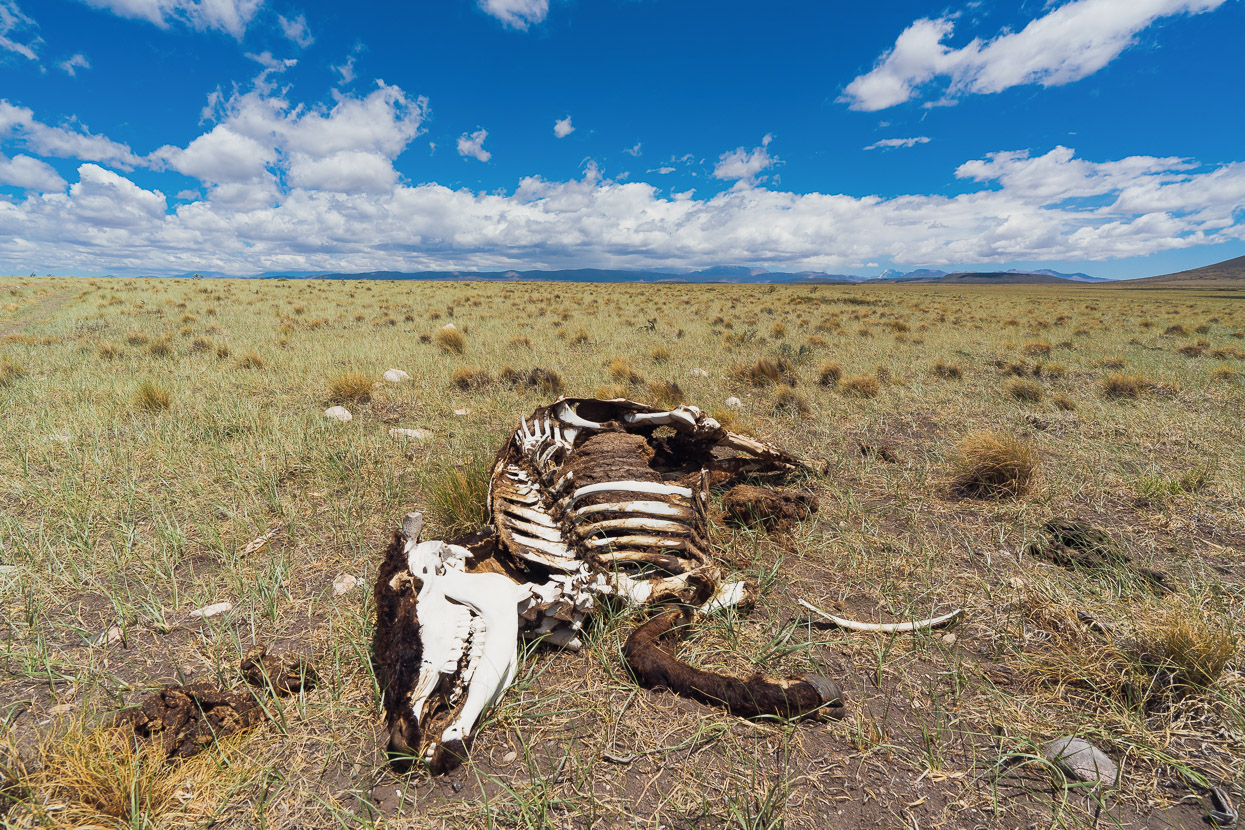
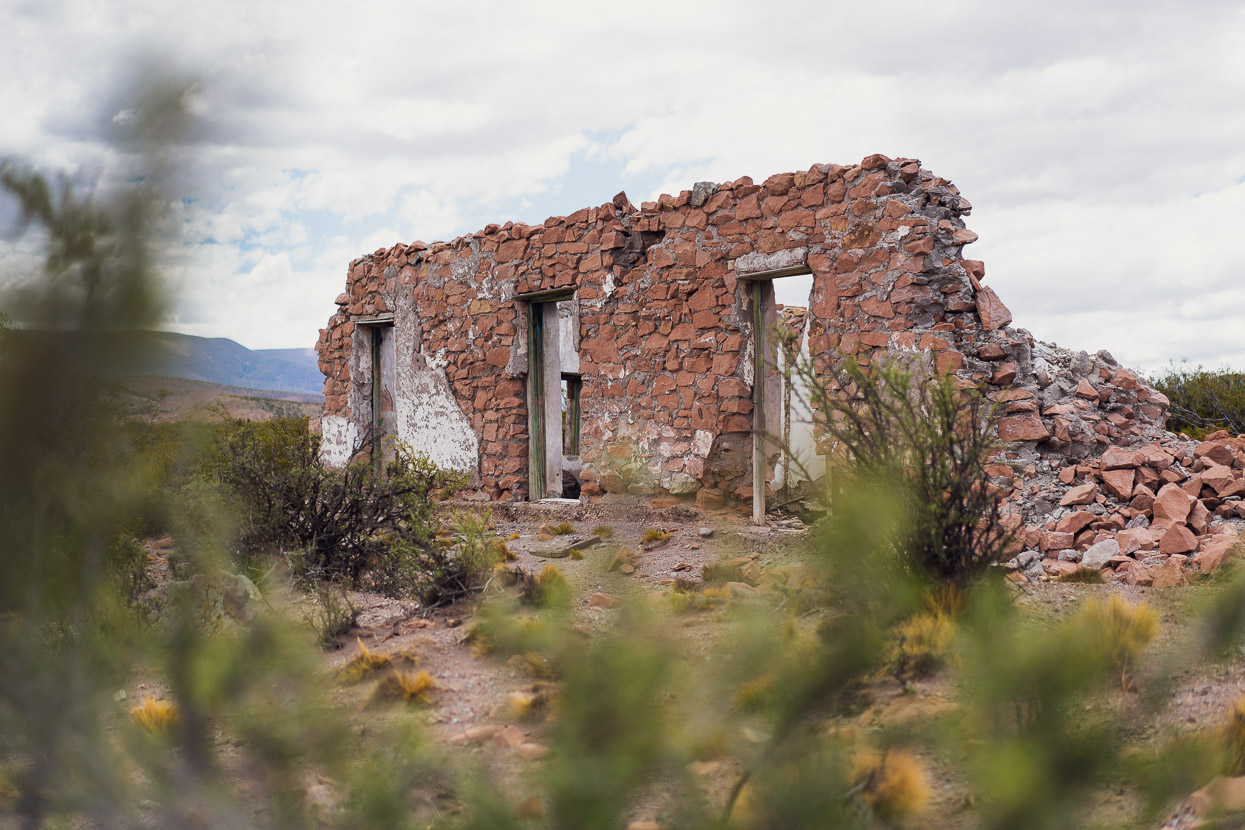







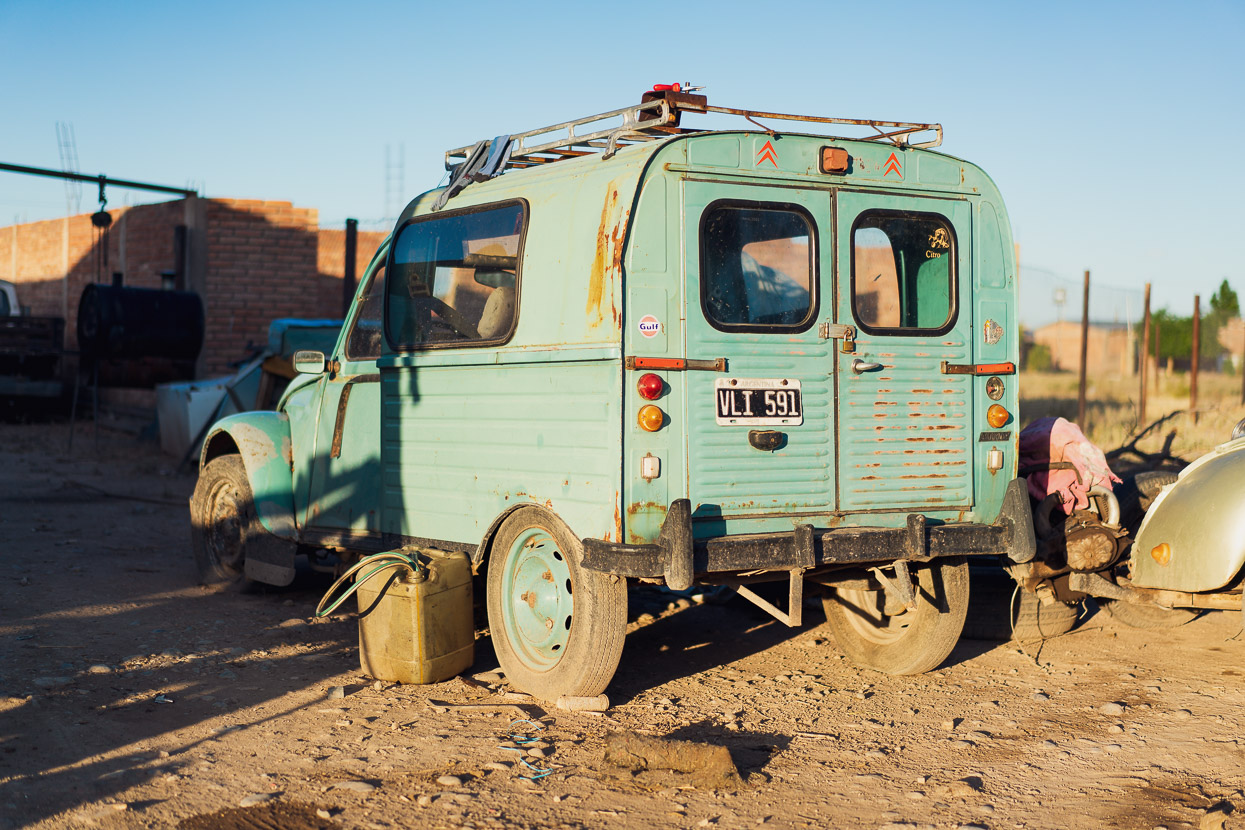
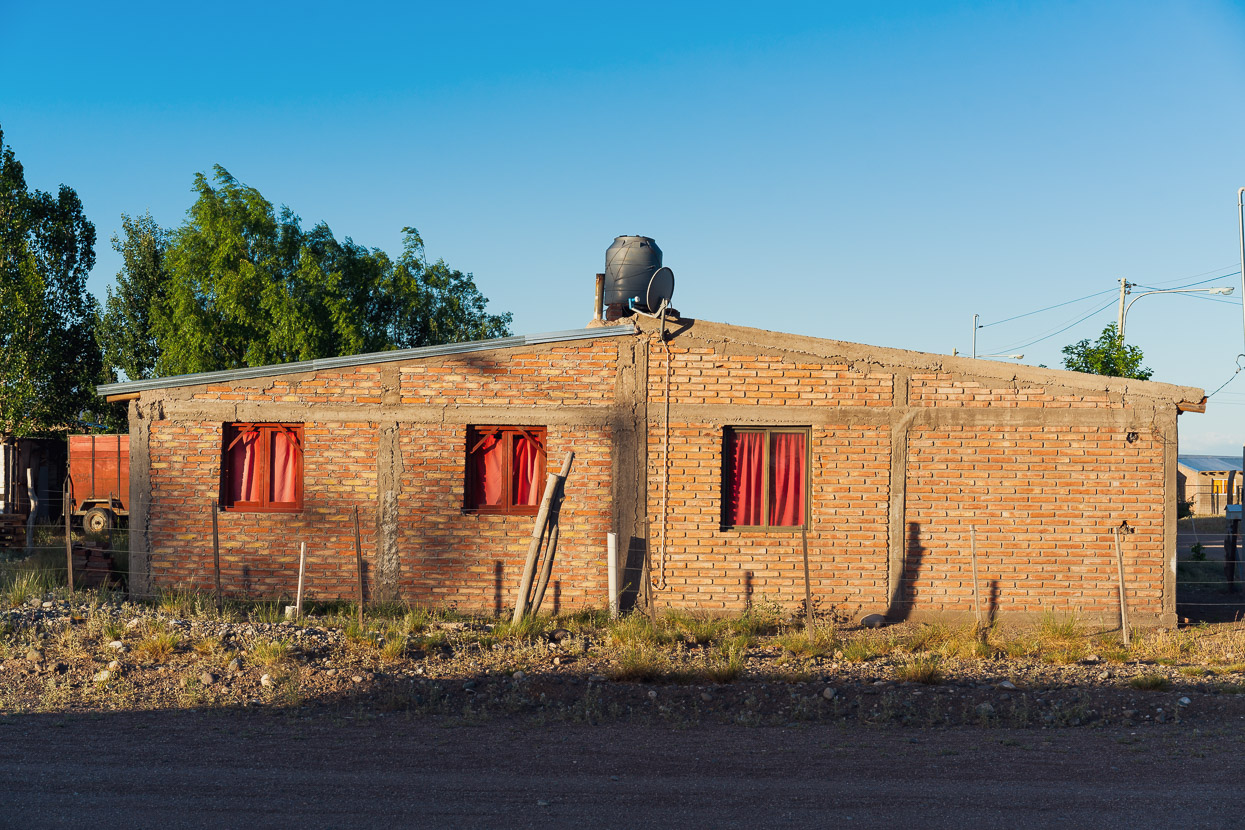

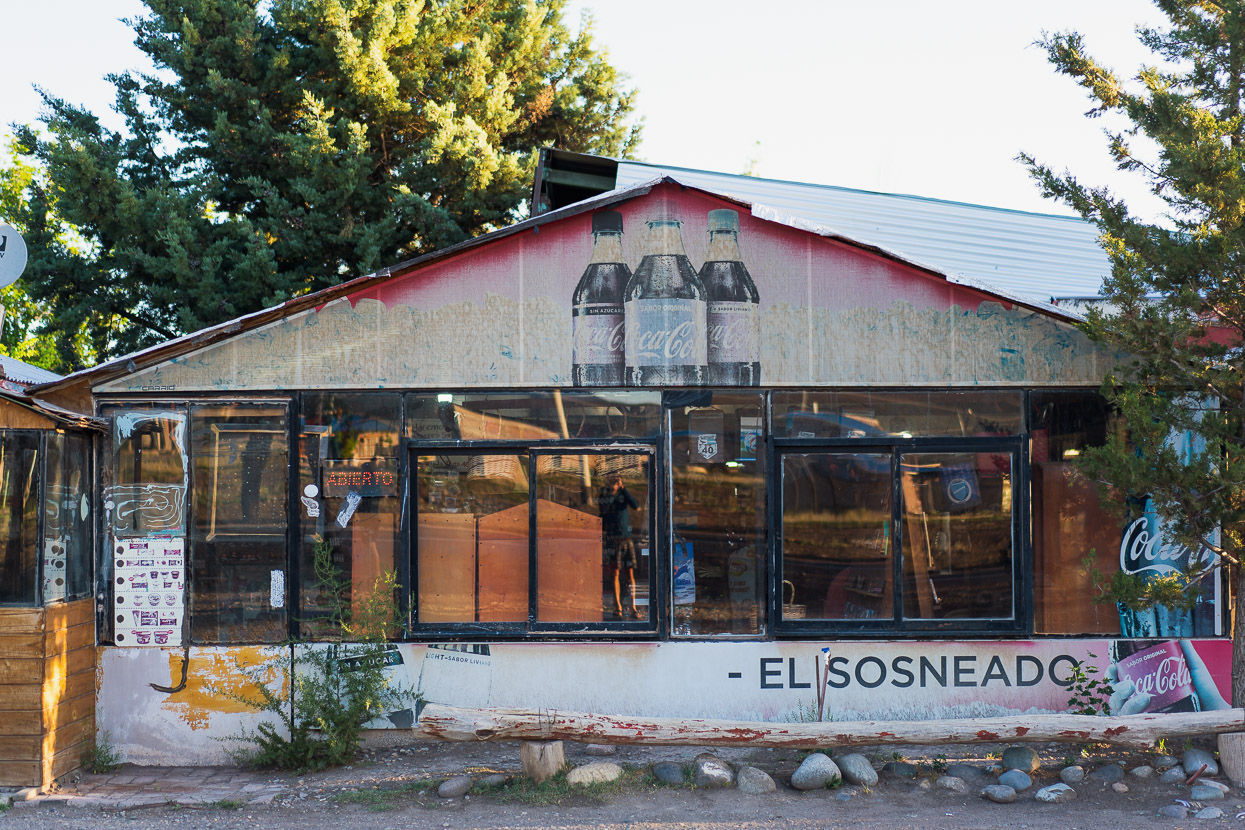
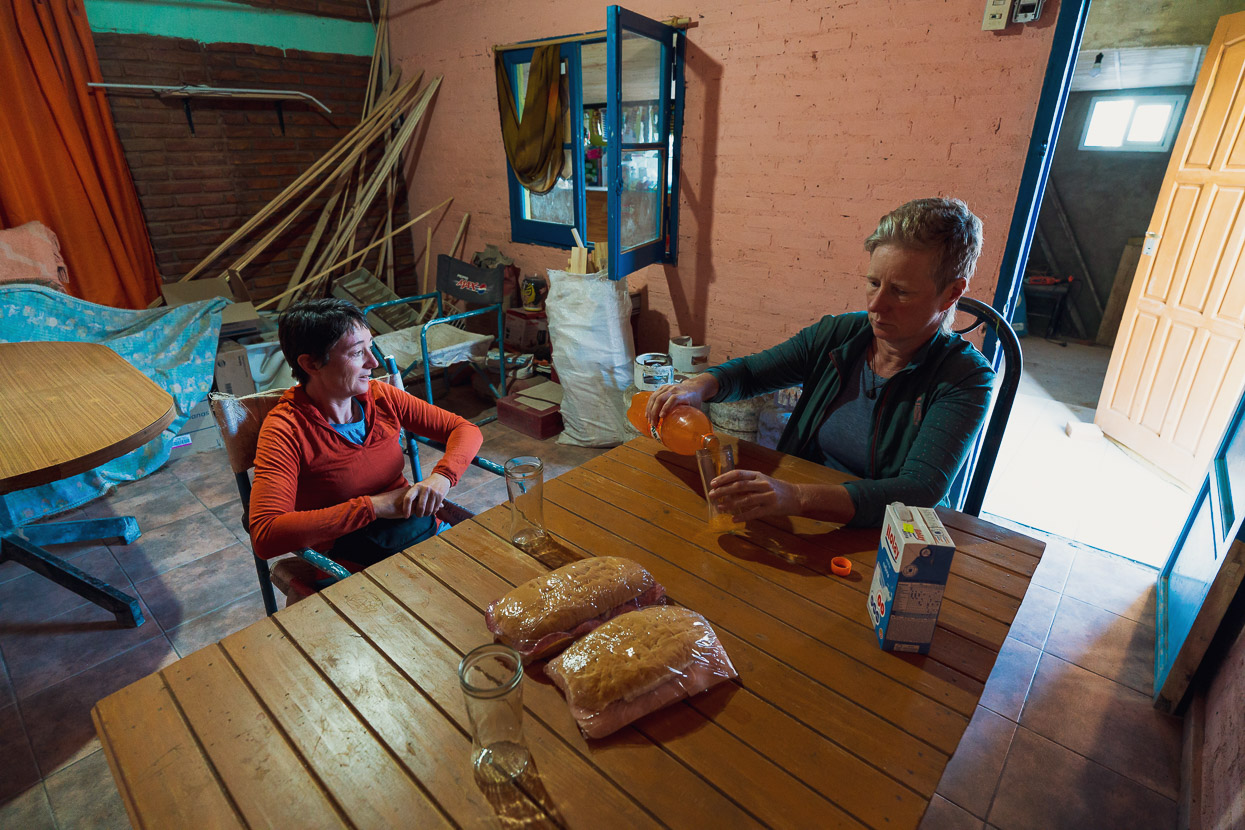
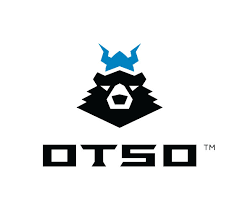












So great to see you back on the journey again. Loving seeing your photos and reading the stories from my covid recovery bed.
Thank you Chris! I hope you get back to 100% soon, and enjoy the book!